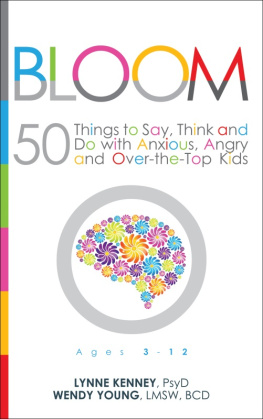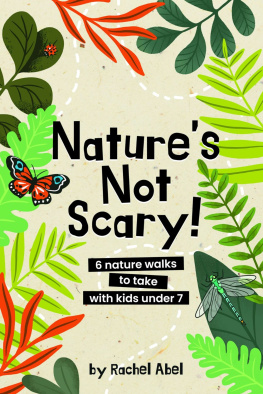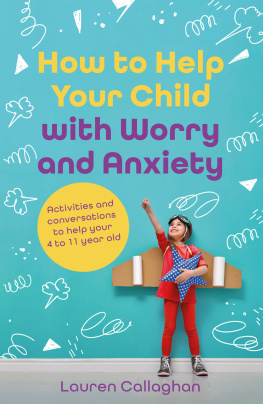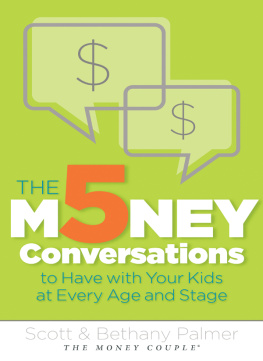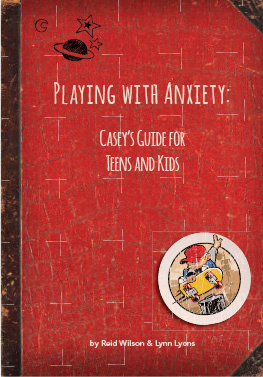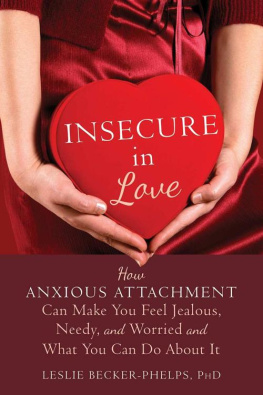Abigail Gewirtz - When the World Feels Like a Scary Place: Essential Conversations for Anxious Parents and Worried Kids
Here you can read online Abigail Gewirtz - When the World Feels Like a Scary Place: Essential Conversations for Anxious Parents and Worried Kids full text of the book (entire story) in english for free. Download pdf and epub, get meaning, cover and reviews about this ebook. year: 2020, publisher: Workman Publishing Company, genre: Home and family. Description of the work, (preface) as well as reviews are available. Best literature library LitArk.com created for fans of good reading and offers a wide selection of genres:
Romance novel
Science fiction
Adventure
Detective
Science
History
Home and family
Prose
Art
Politics
Computer
Non-fiction
Religion
Business
Children
Humor
Choose a favorite category and find really read worthwhile books. Enjoy immersion in the world of imagination, feel the emotions of the characters or learn something new for yourself, make an fascinating discovery.

- Book:When the World Feels Like a Scary Place: Essential Conversations for Anxious Parents and Worried Kids
- Author:
- Publisher:Workman Publishing Company
- Genre:
- Year:2020
- Rating:5 / 5
- Favourites:Add to favourites
- Your mark:
- 100
- 1
- 2
- 3
- 4
- 5
When the World Feels Like a Scary Place: Essential Conversations for Anxious Parents and Worried Kids: summary, description and annotation
We offer to read an annotation, description, summary or preface (depends on what the author of the book "When the World Feels Like a Scary Place: Essential Conversations for Anxious Parents and Worried Kids" wrote himself). If you haven't found the necessary information about the book — write in the comments, we will try to find it.
Abigail Gewirtz: author's other books
Who wrote When the World Feels Like a Scary Place: Essential Conversations for Anxious Parents and Worried Kids? Find out the surname, the name of the author of the book and a list of all author's works by series.
When the World Feels Like a Scary Place: Essential Conversations for Anxious Parents and Worried Kids — read online for free the complete book (whole text) full work
Below is the text of the book, divided by pages. System saving the place of the last page read, allows you to conveniently read the book "When the World Feels Like a Scary Place: Essential Conversations for Anxious Parents and Worried Kids" online for free, without having to search again every time where you left off. Put a bookmark, and you can go to the page where you finished reading at any time.
Font size:
Interval:
Bookmark:
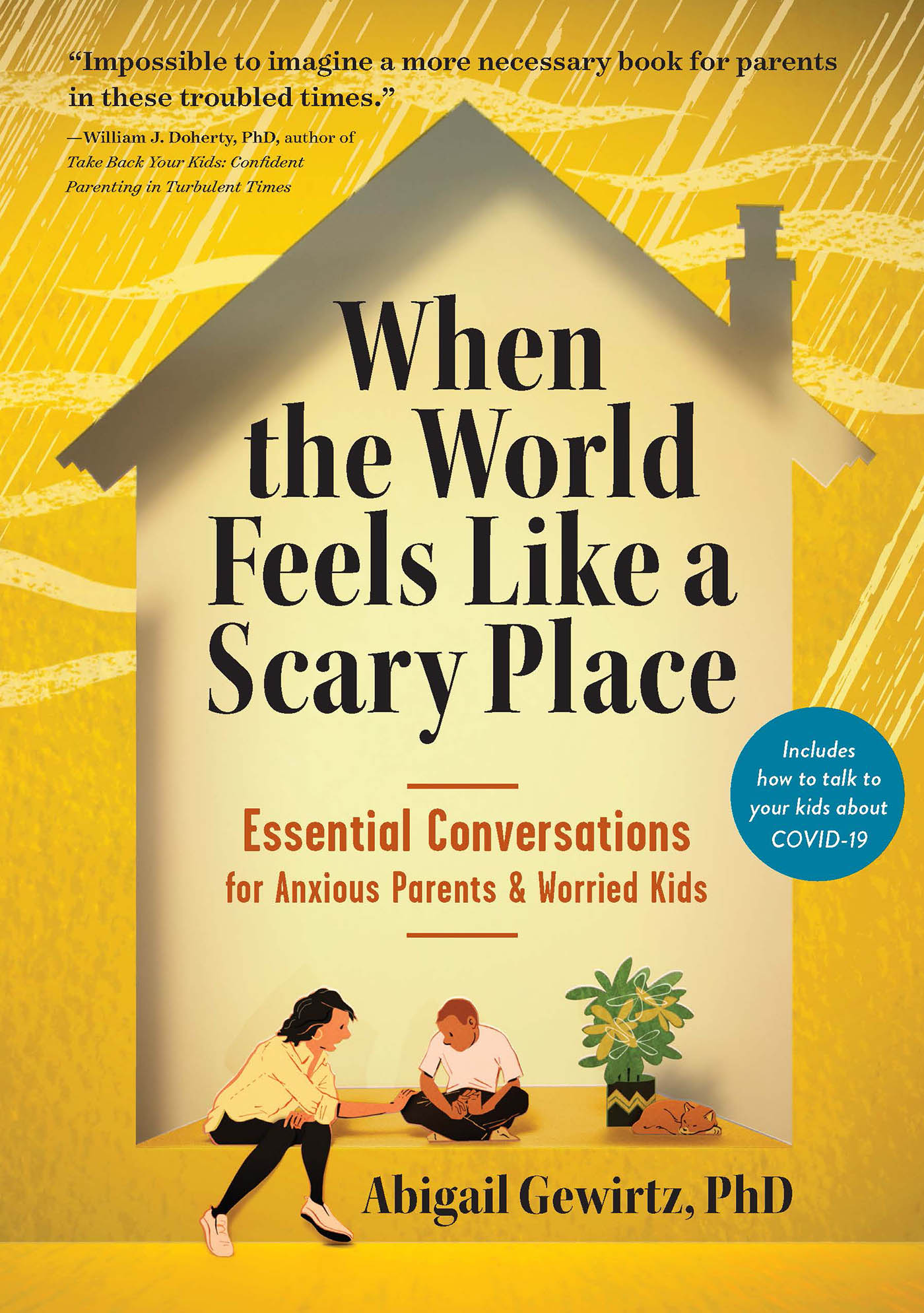
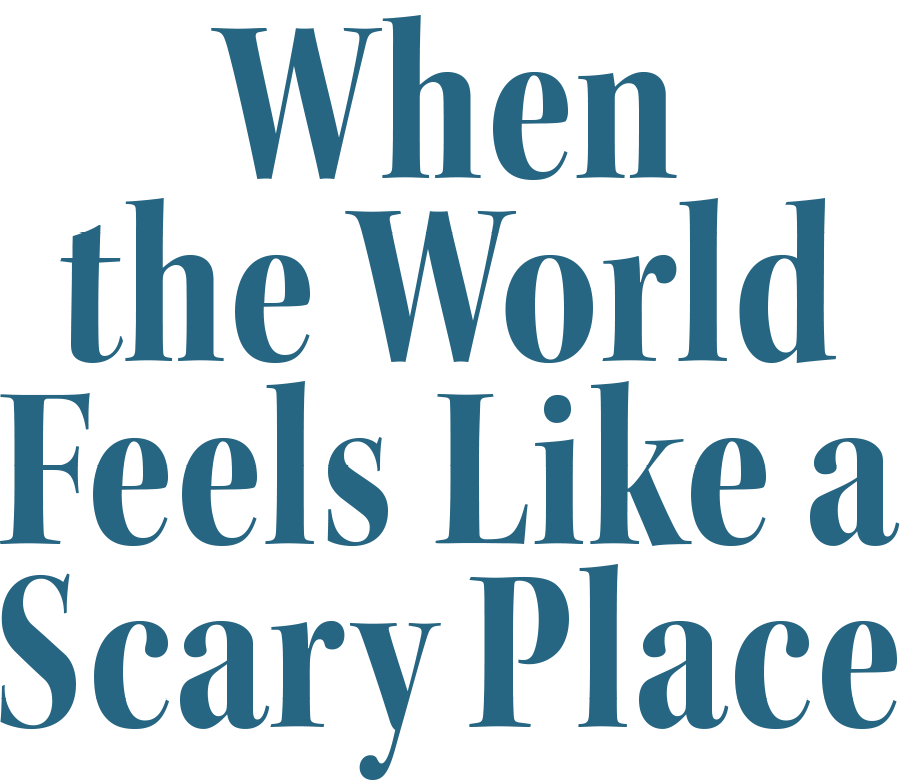
Essential Conversations for Anxious Parents & Worried Kids
Abigail Gewirtz, PhD
WORKMAN PUBLISHING NEW YORK
Table of Contents
Introduction:
Part 1:
Chapter 1:
Chapter 2:
Chapter 3:
Part 2:
Chapter 4:
Chapter 5:
Chapter 6:
Part 3:
Chapter 7:
Chapter 8:
Chapter 9:
Chapter 10:
Chapter 11:
Epilogue:
Part 4:
Introduction
Trampolines
M ost American children were just settling into the new school year in 2001 when the 9/11 attacks hit. I was a young mother of three that September 11, and a newly minted child psychologist. In the days that followed, the skies were eerily quiet and fear coursed through our homes and communities. My husband and I, like our friends, were glued to the television. As a clinician specializing in trauma, I was also on the television. Local TV outlets and newspapers sought me out for advice on how to talk to children about what had happened. I also spoke in schools, addressing teachers struggling to understand why their studentsin places thousands of miles from New York City, Pennsylvania, or Washington, DC, where the hijacked planes had crashedthought the terror events had hit their towns. I explained that young children have difficulty understanding concepts like time and distance. The replaying of the same footage day after day looked to them like new news every timeattacks happening all around the country, including near them.
We saw it in our own home, too. Our seven-year-old son had just started second grade. A few days after the attacks, he announced that he had seen people jumping from the highest floors of the World Trade Centerit was on the TV when he walked into a classmates living room. We were horrified. We had tried so hard to keep the news off when our kids were around. Nervously, I asked him how he felt about what hed seen. His reply stunned us: Well, of course, they are jumping out of the window. I would jump out of the window. Everybody should have jumped out of the window!
There was a pause. Why? I finally asked.
Well, duh! he said. Because of the trampolines!
Our sons young mind could not conceive of a situation in which someone would jump to their death. He concluded the New York City firefighters must have put out trampolines to cushion the falls. His response was simultaneously heartbreaking and beautiful. He had created a way to deal with the horror he had witnessed, using his seven-year-old capacity to process events.
As parents, one of our most important jobs is to help children create their trampolines. It can be hard to remember how the world looks to a child. Time, space, human agencyall can seem distorted, compressed, and mysterious to a young mind. Children process events at their own level of development. It falls to us to give them mental cushionsnot fictions, but ways of understanding the worldto help them face the horrible or unthinkable and process the anxiety and uncertainty these events can inspire. We want to give them tools to comfort and reassure themselves, in age-appropriate ways, when faced with the sometimes harsh realities of the world.
Essential Conversations
This book uses the most basic tool at our disposalconversationto help our children create their trampolines: a calm buffer in a scary world. Talking and listening are the essential ways to nurture resilient, confident, and compassionate children, especially in times of stress. The focus of this book is a particular type of conversation, the kind that helps kids understand and deal with their intense negative emotions, and helps you understand and deal with yours, too.
Life would be bleak without emotions, but regulating themfor most of usis a challenge that never goes away. Emotions are useful as signals, especially when danger may be lurking. But all too often, what I call big emotionsthe sudden, intense, (usually) negative wave of feelings triggered by something that just happenedcan drive us to think and behave in ways that arent helpful to us or to our children.
When something bad happens, we cant help but react. See a hateful tweet and you feel the bile risingyou get angry, outraged, then maybe anxious: If this is what youre seeing, what are your kids reading on their phones? Your kindergartner comes home from school crying, telling you how a big kid on the bus told him the world is soon going to be too hot to live in. Hes anxious and scared about what will happen to his home and his family. And you? You are sad that this happened to him and also angry that kids are telling him about global climate change at the age of five. Your teen comes back from her first day at work and you are so proud of her; then she reports that she couldnt focus on the job because the first training session included an active-shooter-drill video. After the supervisor told her there had been a shooting in one of their stores, she spent the rest of the shift wondering if that could happen on her watch. You despair every time you hear of yet another mass shooting, and you worry about how your childrenwho have undoubtedly already heard the newswill react.
I wrote this book largely because, over my twenty-five years working with families affected by serious stress, I have seen how hard it is, and yet how crucial it is to our well-being, to keep our emotions from driving us. It takes practice to know how to respond to events and how to distinguish truly life- and limb-threatening prospects from whats not immediately dangerous.
The work begins with you (and your partner, if you have one), learning how to recognize and process your own emotions. When we hear bad news its easy to react via flight or fight. Some of us want to fleewe just want to go back to bed, hide under the covers, and pretend (at least to our children) that these problems dont exist, or that they arent bad. Others of us want to fightand we want our children to fight along with us. It helps us to feel like we are doing something, but our children may not feel that way. They may, instead, be swept along in a wave of fear about big or even existential issuesviolence, climate, civility, justicethat they are too young to truly understand. Thats why its so important to put your own agenda aside in these conversations to allow your child to navigate her feelings and write her own story. Ultimately, the goal of an essential conversation isnt only to calm your child, but to help her figure out that she has choices about how to respond to her big feelings when the world feels scary.
Our ability to change what is true about the world is limited: Climate change is an existential threat, people and institutions can be racist, bullies thrive on social media. But navigating the way we feel about these things is in our power. And if we do it well, our kids wont just feel better, they may be able to channel their feelings into positive action rather than fear.
My hope is that these conversations will do more than just calm your child in the moment; they will allow you to learn more about your child and his interests, sensitivities, and worries. Indeed, these will be some of the many thousands of conversations that constitute childhood, and that will eventually help your child grow into a competent, engaged, and caring adult.
Part 1
The Age of Anxiety
Chapter 1
Parents Matter Now More Than Ever
W hat is a parents most important duty?
Most of us, across cultures and contexts, would say it is to lovingly keep our children out of harms way. Not only do we want our children to
Next pageFont size:
Interval:
Bookmark:
Similar books «When the World Feels Like a Scary Place: Essential Conversations for Anxious Parents and Worried Kids»
Look at similar books to When the World Feels Like a Scary Place: Essential Conversations for Anxious Parents and Worried Kids. We have selected literature similar in name and meaning in the hope of providing readers with more options to find new, interesting, not yet read works.
Discussion, reviews of the book When the World Feels Like a Scary Place: Essential Conversations for Anxious Parents and Worried Kids and just readers' own opinions. Leave your comments, write what you think about the work, its meaning or the main characters. Specify what exactly you liked and what you didn't like, and why you think so.

